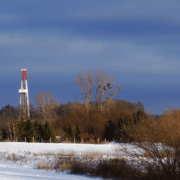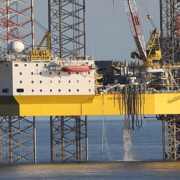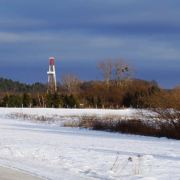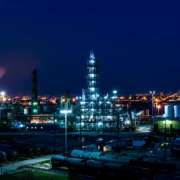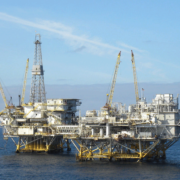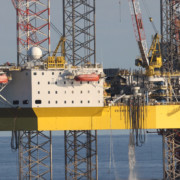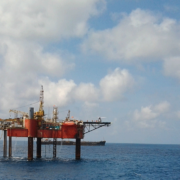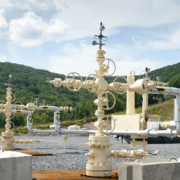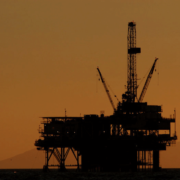According to a World Bank report, 3 billion tons of metals and minerals is the requirement for the energy transition. Demand for some of these, such as copper, lithium, cobalt, and graphite. According to the same report, it is set to increase 500 percent by 2050. Copper which is the market for some of them is already near a deficit.
Copper prices are close to record highs last seen in 2011. One analyst at least expects demand to exceed supply before this year’s end. Demand, Natalie Scott-Gray from StoneX said last month, as quoted by Mining.com, will rise by 5 percent this year while supply will only inch up by 2.3 percent. The longer-term problem is that additional supply takes time to come.
“We see the use of electric vehicles, wind farms and solar requires up to five times the amount of copper,” Jeremy Weir, chief executive of Trafigura, said at this year’s edition of CERAWeek, as quoted by Reuters. “You can’t turn on the switch and produce more copper.”
Weir added that copper mines take between five and ten years to develop, which means a tighter supply in the observable future. The situation is similar to other minerals that are essential for the energy transition. Cobalt prices are on the rise, too, at the moment, because of expectations that supply will tighten due to rising demand. And Tesla’s Elon Musk recently inked a deal to make the company a technical adviser at the Goro mine in New Caledonia to secure its long-term nickel supply—another key battery metal.
Click here to read the full article.
Source: Oil Price
If you have further questions about energy transition, feel free to reach out to us here.

